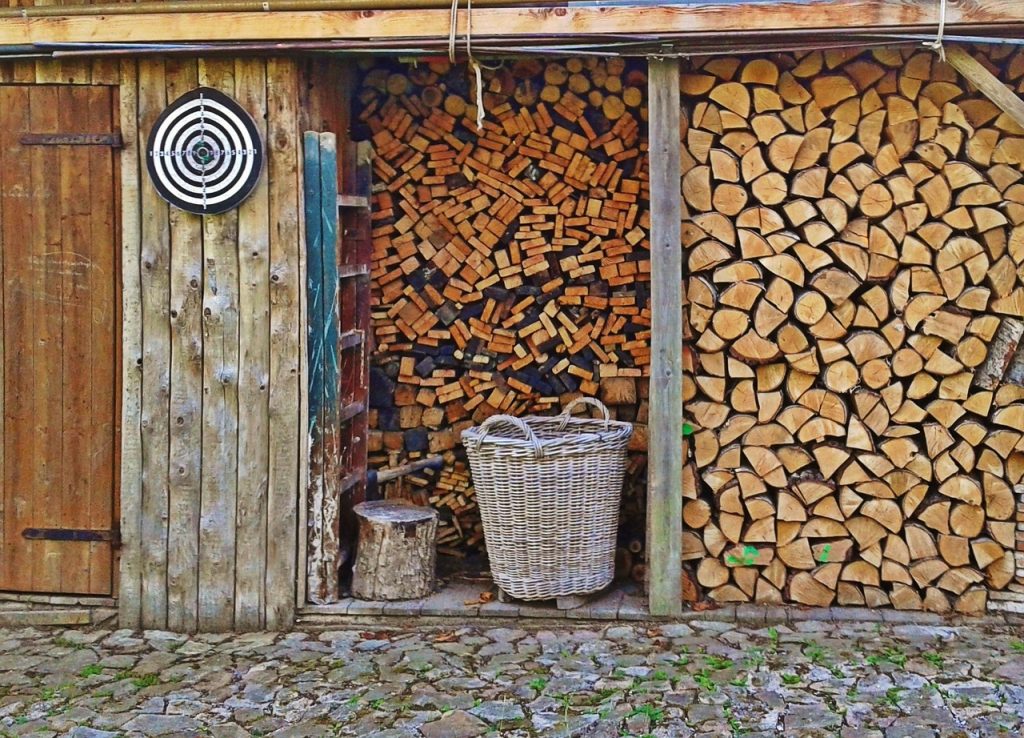Ask Brian is a weekly column by Real Estate Expert Brian Kline. If you have questions on real estate investing, DIY, home buying/selling, or other housing inquiries please email your questions to [email protected].

Question from Roger in MO: Hello Brian.Thanks for your DIY forum and your insights and experience for those of us brave enough or stupid enough to attempt these projects. I have to confess that I haven’t really taken on any meaningful projects this summer. But the family and I did enjoy a great vacation on the beaches of the Gulf of Mexico. So, with a few weeks of summer remaining, can you suggest an outdoor project or two that I can finish in a weekend?
Answer: Hi Roger. I’m glad to hear that you’ve enjoyed your summer but there is still time left to tackle a project or two. Your question leaves a lot to the imagination because it doesn’t mention any specific interests or needs that you have. I’ve chosen a project that should have broad appeal that I that hope you and others find useful.
It’s still a bit early in the year to tackle the thankless task of cleaning the gutters before the rains start. But make room on your calendar because cleaning your gutters should never be overlooked. Right about now, an appropriate weekend project in preparation for the coming winter is a firewood shed.
How big you build the shed depends on how much wood you store at one time. Maybe you only need enough wood for several romantic evening fires this winter. For me, I live in the woods and really enjoy a wood fire every evening. For both comfort and to cut down on my winter energy bill. The first thing you need to do is select a site on your property to build the shed. The most important consideration is not building it up against your home. Cut fire wood decays and rots. Decaying wood attracts both insects and mice. You don’t want either of those burrowing into the siding of your home or getting inside your home. It’s best if you only bring a few pieces of wood into the house at one time and any showing signs of decay should go into a burning fire immediately. With that said, pick a location for the shed at least three feet away from any permanent structures.

A firewood shed design is pretty simple. The basic shed should be at least 4feet deep by 4 feet tall by 8 feet long on the internal measurements. That’s the size for one cord of wood. I would actually make it taller at 6 or 7 feet for easier access. The roof also needs to be larger than 4 X 8 so that you have some overhang all of the way around with about an extra 2 feet overhang on the open side where you’ll be pulling out wood from the stack during the winter. The overhang will keep you out of the rain and snow while loading a container to bring the wood to the house.
If you want to stack more than a cord of wood, simply extend the length another 8 feet or 16 feet. You should use dimensional lumber that is either pressure treated or cedar so that those same insects and mice don’t bring down the roof of your shed in a year or two. Construction involves basic post-and-beam carpentry. Many people consider a floor to be optional but a floor supported on concrete blocks keeps the wood off the ground a few inches so the bottom rows of your firewood remain dry. You want to include a vertical support bean approximately every four feet (or whatever your local code requires) to keep the roof from sagging. You should also put up cedar siding on 3 of the 4 sides but leave one side open for easy access. The open side should be protected from the direction your dominate winter weather comes from. You want to keep the wood dry from rain and snow. In my case, the dominate weather comes from the west so the open side is on the east.
A good material for the side walls are cedar fence boards nailed (or screwed) to the slats and posts. The side walls are not typical house siding. A firewood shed is similar to building a cedar fence as a three-sided box with a floor and roof. Depending how weatherproof you want it, you should consider leaving a half-inch gap between each side board for air flow. Circulating air helps the firewood dry if you stack it wet as well as reducing mold and rot.
The roof is a simple lean-to design. You don’t need to build a roof truss. The easiest way is by making the open side a foot higher than the back wall. Corrugated roof panels are typical. These can be either metal or polycarbonate plastic depending on the severity of winter storms. Overlapping the corrugated panels and using self-tapping screws with a rubber gasket/rubber foam under the head is usually sufficient for a firewood shed. Learn more here.
Roger, this project doesn’t end when the shed is finished. You still need to chop and stack the firewood, which is a good project for cooler early autumn days. As Henry Ford once said: “Chop your own wood and it will warm you twice.”
Readers certainly have other ideas about what makes a good DIY project for this time of the year. Please share by writing or adding your comments. Our weekly Ask Brian column welcomes questions from readers of all experience levels with residential real estate. Please email your questions or inquiries to [email protected].